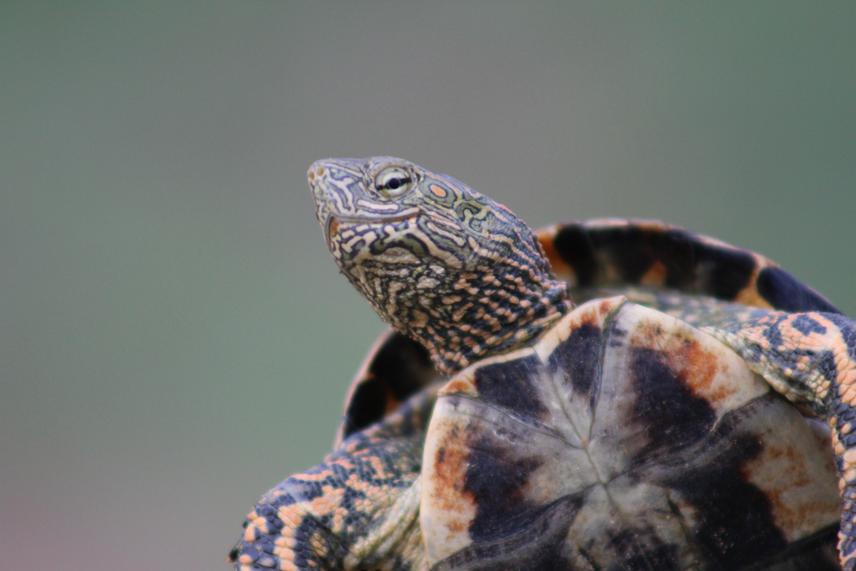Rahma Attia El Hili
The present project aims, are to provide updated information on population structure and distribution of Emys orbicularis and Mauremys leprosa in Tunisia through the study of sites already cited in literature, and the prospection of other potential suitable sites. The field work will be held from March to September 2017 and the greatest intensity of fieldwork took place from April to June. Another objective is to identify the major threat of Tunisian population, to assess the degrees of threat or extinction risk of each species and to establish a basis for conservation measures.

The interest in conservation of freshwater turtles has experienced a significant increase during the last years. Freshwater turtles are the group of vertebrate with proportion of species at risk is the highest. The main threats to these species are habitat change and loss, predation, pollution and illegal collection. Therefore, the conservation of these animals has become a priority in many regions of the planet.
Only two species of freshwater turtles occur in Tunisia, the European pond turtle Emys orbicularis and the Mediterranean pond turtle Mauremys leprosa. Studies on biology and ecology of this freshwater turtles species in Tunisia are not updating since 1970 and still very scarce limited to prospecting the distribution areas and habitats (Blanc, 1978), determination of biometric features (Rouault and Blanc, 1978) and a survey of the parasitic fauna of these hosts (Mishra and Gonzalez, 1978). The conservation status of this tow species is unclear and still poorly known in Tunisia, prompting surveillance and management of habitats and population for conservation.
The present project aims, are to provide updated information on population structure and distribution of E. orbicularis and M. leprosa in Tunisia through the study of sites already cited in literature, and other potentially suitable habitats. The field work will be held from March to September 2017 and the greatest intensity of fieldwork took place from April to June. Another objective is to identify the major threats of Tunisian population, to assess the degrees of threat or extinction risk of each species and to establish a basis for sustainable conservation measures. Also, during this project, NGO and local population will be integrated, through an awareness-raising program targeting young schoolchildren and local population near of the nesting sites of freshwater turtles. The intent is to increase the local awareness of the importance and the vulnerability of these species.